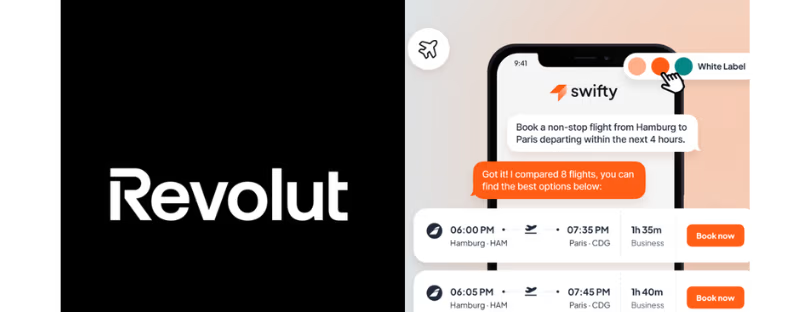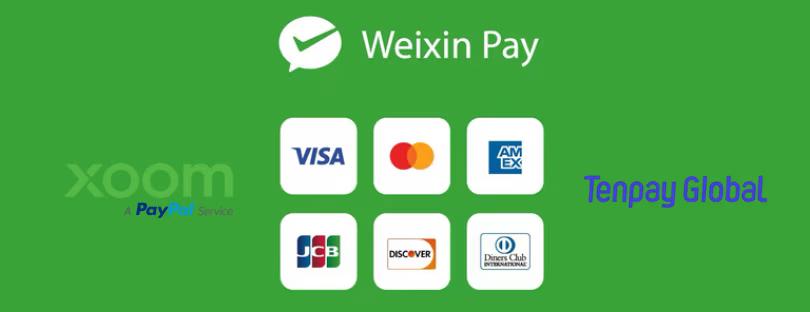
Visa Proposes CBDC Protocol for Bluetooth/NFC Digital Payments
Digital payments traditionally rely on online communications with several intermediaries, such as banks, payment networks, and payment processors, in order to authorize and process payment transactions. While these communication networks are designed to be highly available with continuous uptime, there may be times when an end-user experiences little or no access to network connectivity. digital payments via Bluetooth
Visa has published a research paper exploring an offline payment system (OPS) protocol for central bank digital currencies (CBDC) that would enable users to make digital payments to other users even when both sender and recipient are temporarily offline or unable to connect to a bank, payment network, or other intermediary.
The 21-page paper explains how the OPS protocol “can be used to instantly complete a transaction involving any form of digital currency over a point-to-point channel without communicating with any payment intermediary”, and how an offline capability for CBDCs can be developed and secured using a two-tier hierarchical trust infrastructure.
For example, thanks to the cash-like and digital nature of CBDC, governments would be able to rapidly transfer funds to targeted groups of individuals and businesses, when and where they’re needed most, and in parts of the world where traditional banking services are not universally used.
The motivations driving central banks to explore CBDC are varied, but one objective that many seem to share is expanding financial inclusion or helping unbanked individuals gain access to useful financial products and services. While central banks differ on how to broaden financial inclusion with CBDC, the technology has the potential to more easily and securely connect someone to a vibrant ecosystem of accessible Fintechs and other financial products.
“The protocol allows digital money to be directly downloaded onto a personal device, such as a smartphone or tablet,” Visa’s Cuy Sheffield explains in a blogpost.
“The money is stored on secure hardware embedded in that device and managed by a wallet provider (eg a bank).
“CBDC can be transacted from one device to another directly without any intermediaries such as banks, payment networks, or payment processors.
“Examples of the underlying technology that can support point-to-point payments include Bluetooth and near-field communication (NFC).
“The offline payment system, put simply, creates an experience similar to physical cash. But instead of paper in your wallet, it’s bits and bytes in your phone.
“You can imagine this functionality being useful where internet connectivity is intermittent and a user may only gain full connectivity periodically, say by visiting a local internet café.”
The ‘Towards a Two-Tier Hierarchical Infrastructure: An Offline Payment Service for Central Bank Digital Currencies’ research paper is available to download here. digital payments via Bluetooth









